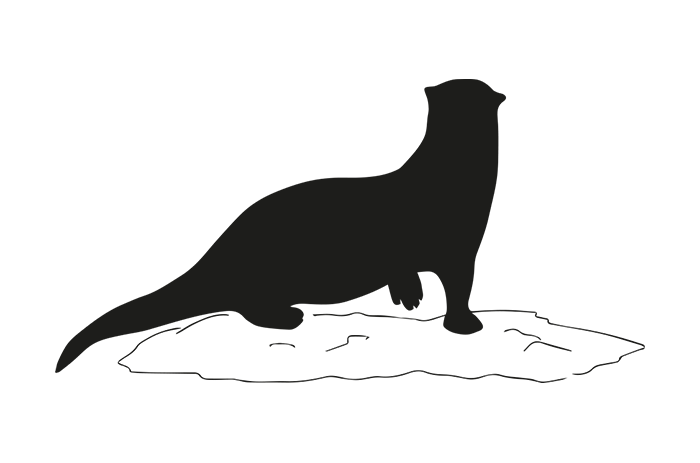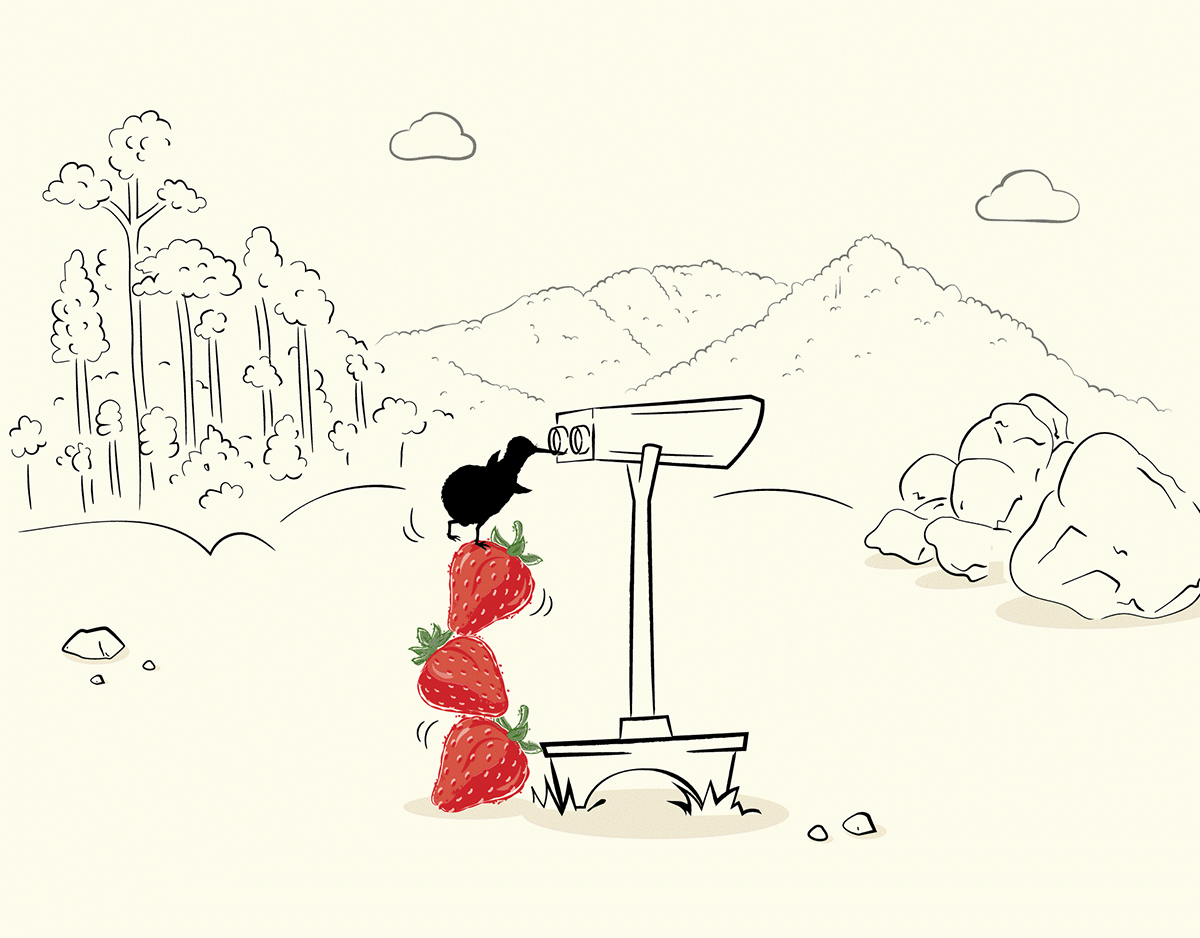
Boa Constrictor
This powerful snake can go weeks without eating.
Hoatzin
Also known as the stinkbird (for good reason)
Hoatzin
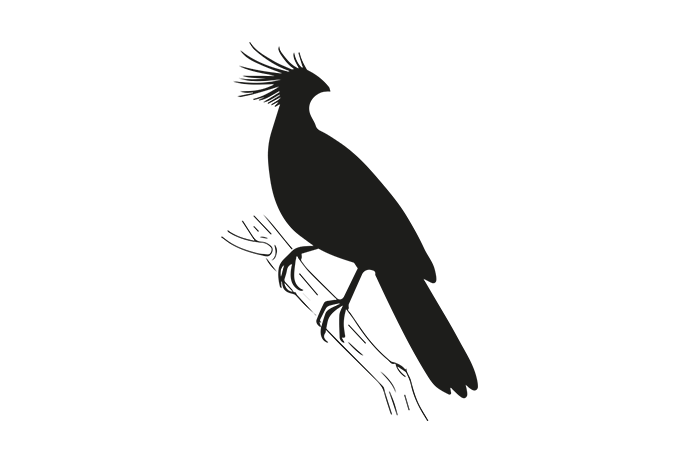
Also known as the stinkbird (for good reason), hoatzins have an unusual diet with more than 80% of it coming from plants that contain toxic compounds. This means they let off an odour similar to that of cow manure. They are often found on the banks of the Amazon River where they spend most of their time loafing in the trees.
Squirrel Monkey
This noisy monkey can be heard from a mile away.
Squirrel Monkey
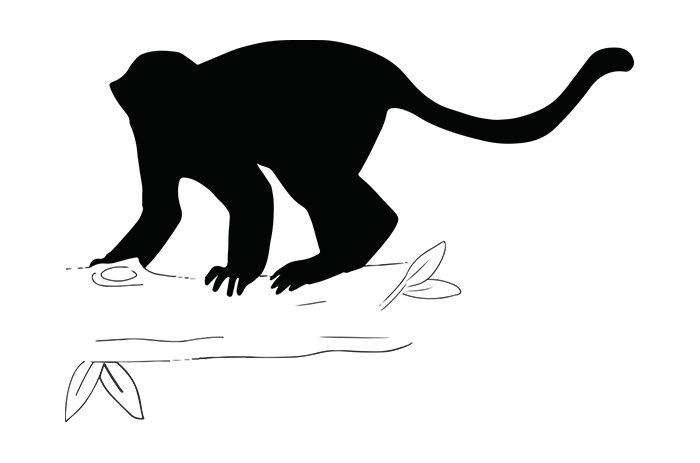
This noisy monkey can be heard from a mile away! Squirrel monkeys are a very vocal species, known to have 25-30 different calls. They have a comparatively large brain for the size of their body meaning they are thought to be one of the most intelligent species of monkey.

Poison dart frog
Small but deadly, this tiny frog can do some big damage.
Poison dart frog

Small but deadly, this tiny frog can do some big damage. The poison dart frogs’ skin secretes a dangerous poison that can paralyse and even kill its predators. Unlike many species of frogs who protect themselves by camouflaging into their habitats, the poison dart frogs’ bright skin is used to ward off predators.
Sloth
These slowpokes sleep for 15-20 hours a day.
Sloth
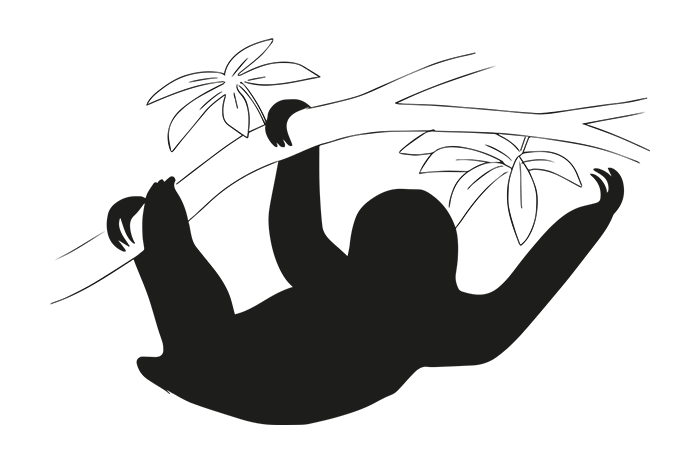
These slowpokes sleep for 15-20 hours a day. Getting in their hours is important for the sloth as they have an incredibly slow metabolic rate. While they are awake, they spend most of their time munching on leaves, twigs, and buds in the rainforest canopy.
Toucan
Its colourful beak is almost as long as its body.
Toucan
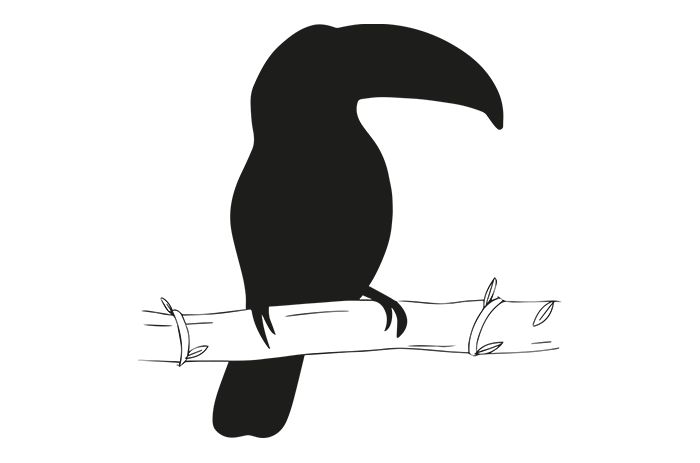
The toucan’s colourful bill is almost as long as its body! Although the sound of toucans is frequently heard in the rainforest they are rarely seen as they spend most of their time high up in the canopy.

Giant river otter
The world’s largest otter, measuring in at a whooping 6ft long
Tapir
One of the biggest mammals in South America weighing up to 225 kg.
Tapir
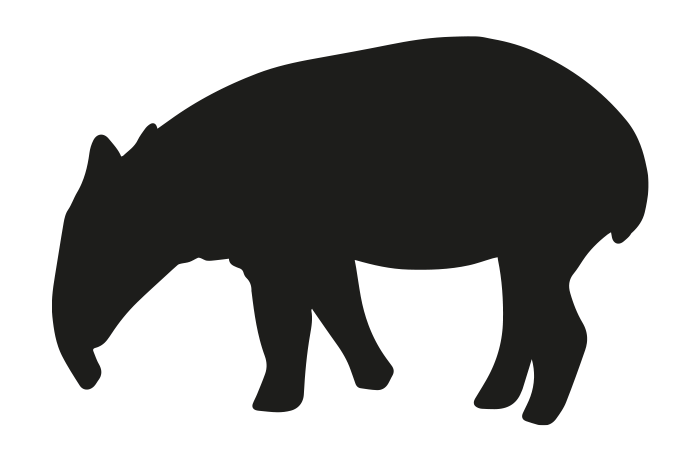
One of the biggest mammals in South America weighing up to 225 kg, which is around the size of a small pony. Tapirs have large teeth and a long snout, which is perfect for reaching for plants, seeds, and fruit. They are also known to be strong swimmers and will often take to the water to escape potential predators.
Source:https://tapirs.org/tapirs/lowland-tapir/
Jaguar
The real king of the jungle, jaguars are the Amazon’s top predator.
Jaguar
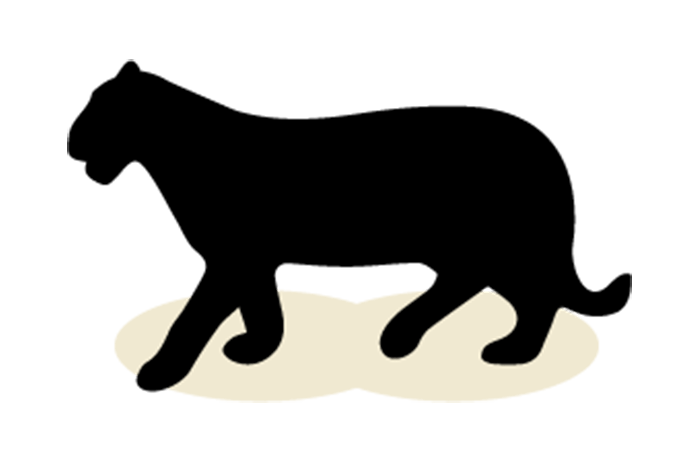
The real king of the jungle, jaguars are the Amazon’s top predator. Sadly, they have lost 50% of their range which reduces their access to suitable prey. Jaguars are not only strong hunters, but they are also strong swimmers and will even hunt while they’re in the water.

Spider monkey
The social butterflies of the Amazon, these monkeys can live in groups of up to 100.
Spider monkey
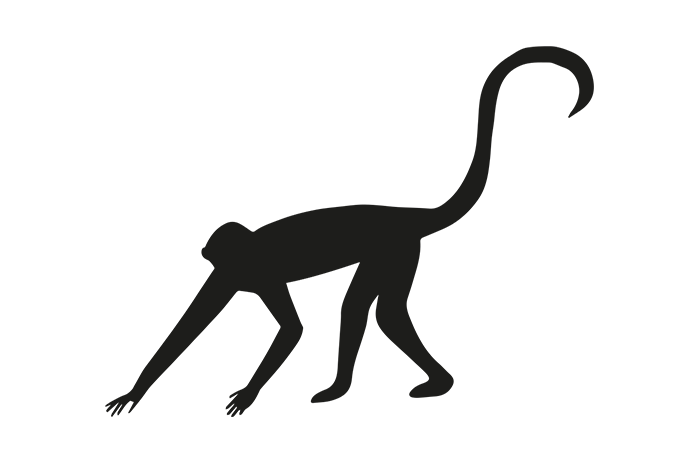
The social butterflies of the Amazon, these monkeys can live in groups of up to 100. Although spider monkeys do not have thumbs, their hook like hands and prehensile tails allow them to swing through the treetops with ease. There are 7 species of spider monkeys, all of whom live in the forests of Northern South America.
Macaw
This wise old bird can live up to 60 years!
Macaw
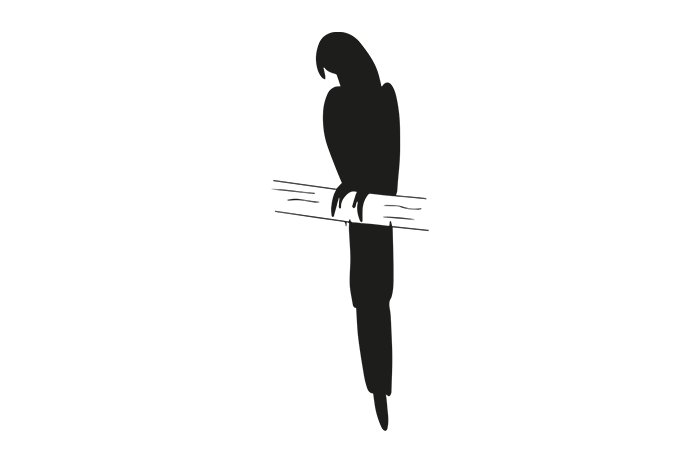
This wild old bird can live up to 60 years! Macaws are a member of the parrot family and are highly intelligent. They even mate for life, but sadly they are at great risk. Their vibrant feathers make them popular in the illegal pet trade, which is devastating the wild macaw population.
Anteater
This critter’s got quite the appetite, eating up to 30,000 insects a day.
Anteater
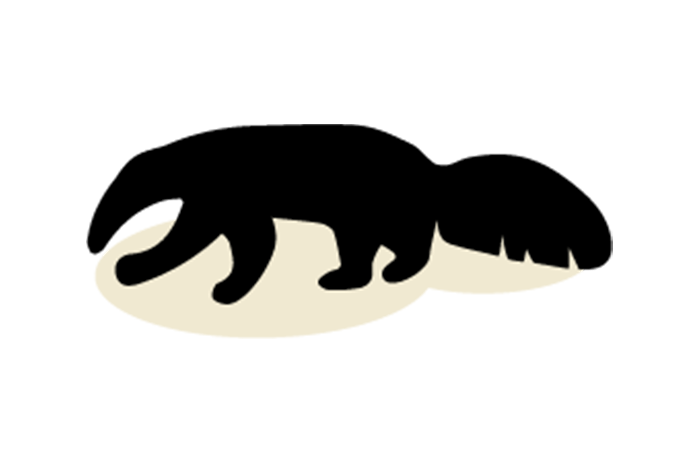
This critter’s got quite the appetite, eating up to 30,000 insects a day. Anteaters don’t have teeth, so they instead use their long extendible tongue to guzzle their meals. When they sleep, they spread their tail, covering their entire body. This keeps them protected from the elements and potential predators.
Source:https://www.wwf.org.br/?26222/The-Giant-Anteater-a-voracious-devourer-of-ants
50p from every pack goes to WWF.
Thanks for looking out for our friends in the Amazon!









